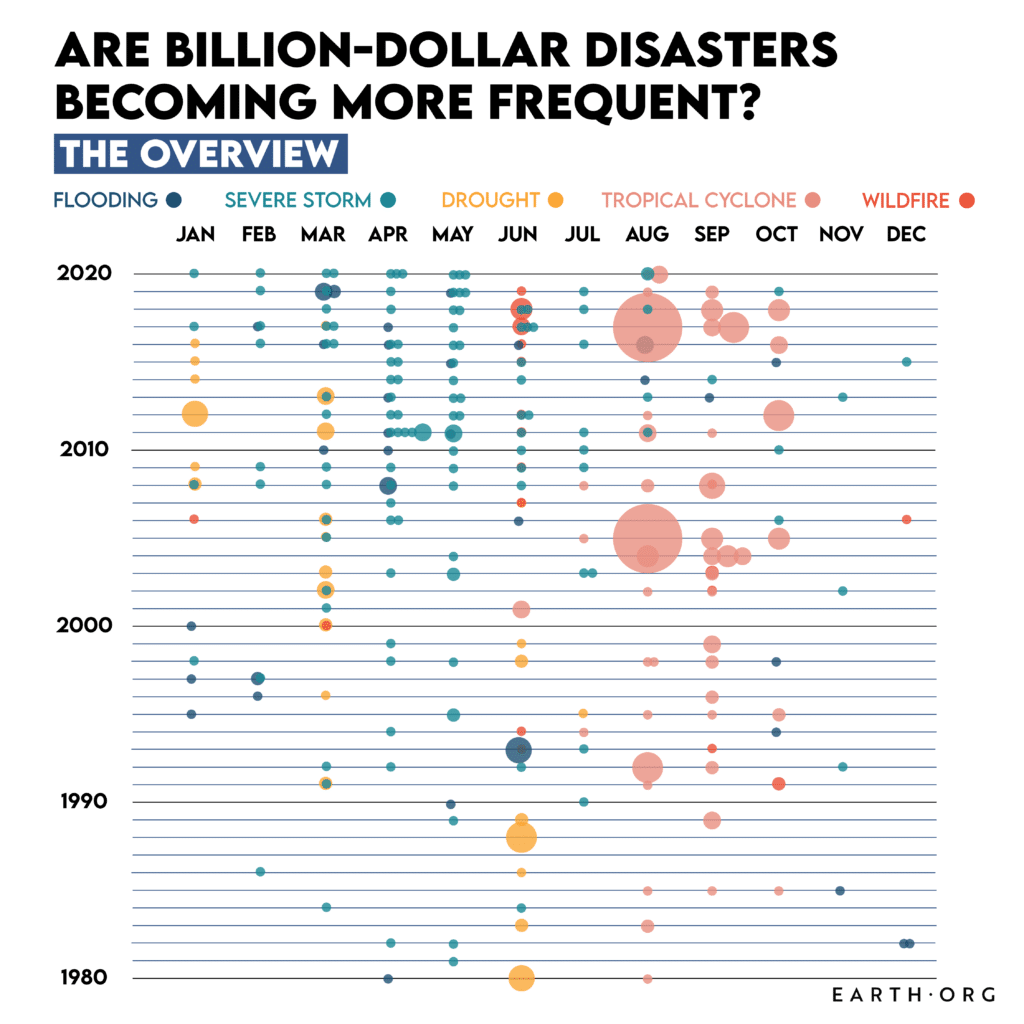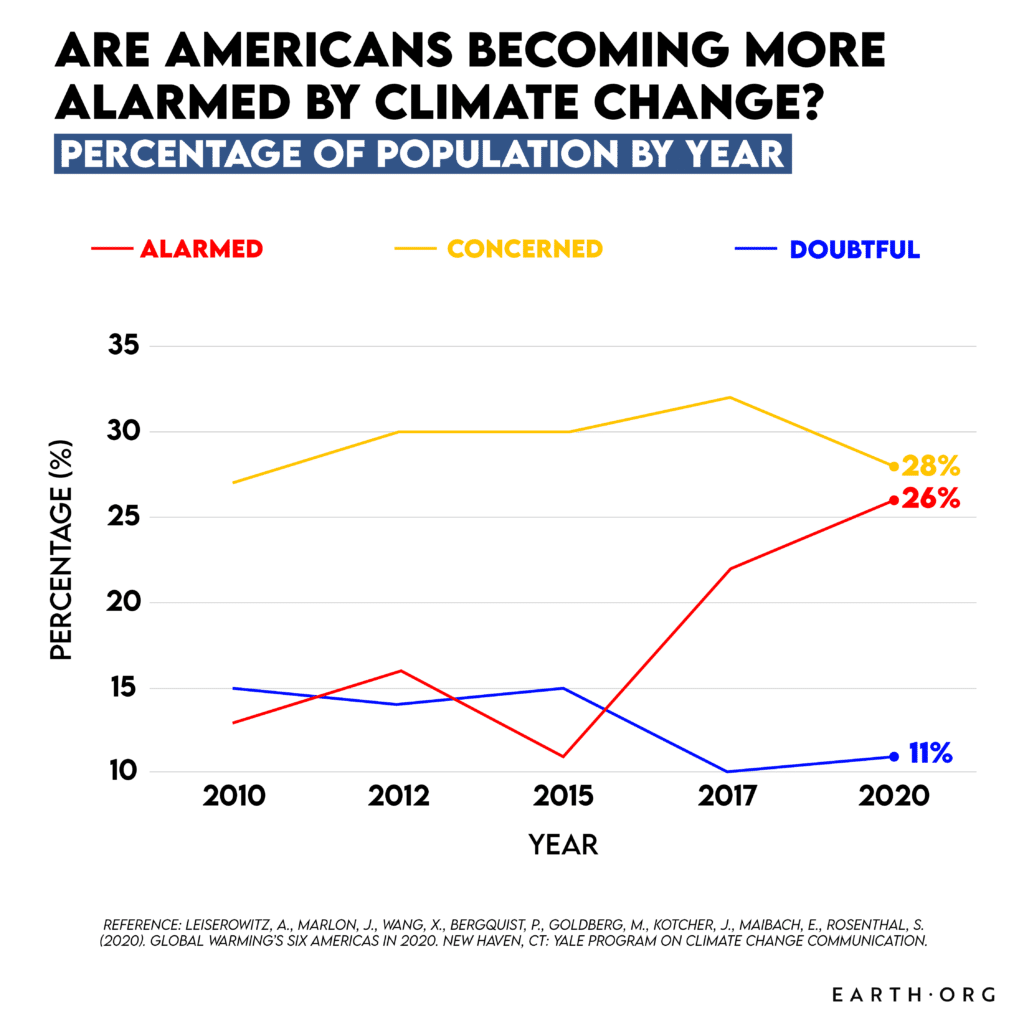The year 2020 will go down in the history books as a difficult one. We all endured many challenges while the climate itself manifested undeniable signs of change, and not for the better.
—
Despite the current La Niña conditions and drop in emissions due to the global pandemic, global average temperatures have continued to rise. According to Petteri Taalas, Secretary-General of the World Meteorological Organization (WMO), global warming officially reached the 1.16°C mark in 2020.

Source: Met Office.
Climate records have been broken time after time in the past decades, so 2020 merely tying the hottest year on record (2016) may seem to suggest some respite. However, weather experts expect lower temperatures during La Niña periods, which is why they were in fact stunned by sustained high temperatures at the end of the year. In 2020, it is now evident that human activity has a forcing effect on climate change that goes beyond its natural variations.
A Milestone to Avoid
A 1.5°C global temperature rise threshold represents a milestone the world does not want to reach. Despite the global coalition under the Paris Agreement, big announcements like China’s commitment to net-zero by 2060 and the possibility of the US rejoining the Agreement, the 1.5°C mark is inching ever closer. Having hit a 1.16°C average in 2020, there is now a one in five chance of it temporarily exceeding 1.5°C by 2024.
The Met Office’s global temperature forecast expects 2021 to stall the warming surge. Predictions land between 0.91 °C and 1.15 °C (with a median of 1.03 °C) above the average for the pre-industrial period.
Natural Disasters on the Rise
It has been historically difficult to state whether natural disasters are becoming worse or not, due to natural variability and the relatively short period covered by historical records. However, 2020 was a truly exceptional year for climate change, with a record-breaking number of named storms during the Atlantic hurricane season, the largest typhoon to ever hit the Philippines and costly inland thunderstorms around the world.

Drastic actions needed
As stated in the Production Gap Report by the United Nations in December 2020, Countries must decrease production of fossil fuels by 6% per year between 2020 and 2030 to avert “catastrophic” global temperature rise. To put that into perspective, 2020 saw a record 7% drop which was mainly fuelled by the Covid-19 lockdown.
The Good News
Last year wasn’t all bad. A Yale Climate Communications study showed that Americans are becoming more alarmed by climate change, and while we do not wish people to be in such a state, it promises more public demand for action.

Further, an eminent climate scientist from Penn State University called Michael Mann cleared up two misconceptions that hadn’t yet been settled by the scientific community. First, there is now a unanimous consensus among researchers that climate change is happening, and that we are causing it. Second, it has been stated that even if we stop emissions now, we are in for another 30 to 50 years of warming. It turns out that this is entirely wrong.
If carbon emissions ceased today, warming would stop 3 to 5 years later.
We find this information to be empowering. Our future as a race is clearly within our hands, and we can and will avoid the worst of climate change if enough of us fight for it.
This article was written by Wing Ki Leung and Owen Mulhern.
You might also like: The 2020 Arctic Report Card










![The Statistics of Biodiversity Loss [2020 WWF Report]](https://u4d2z7k9.rocketcdn.me/wp-content/uploads/2020/12/lprwinkyTHB-544x306.jpg)





